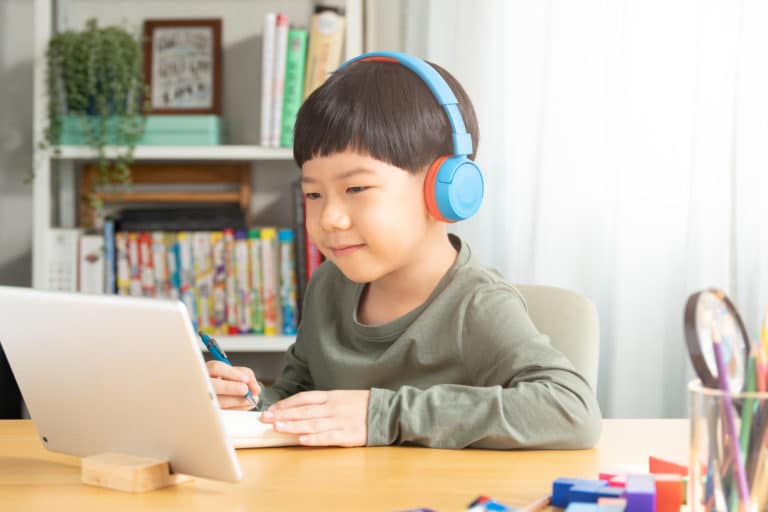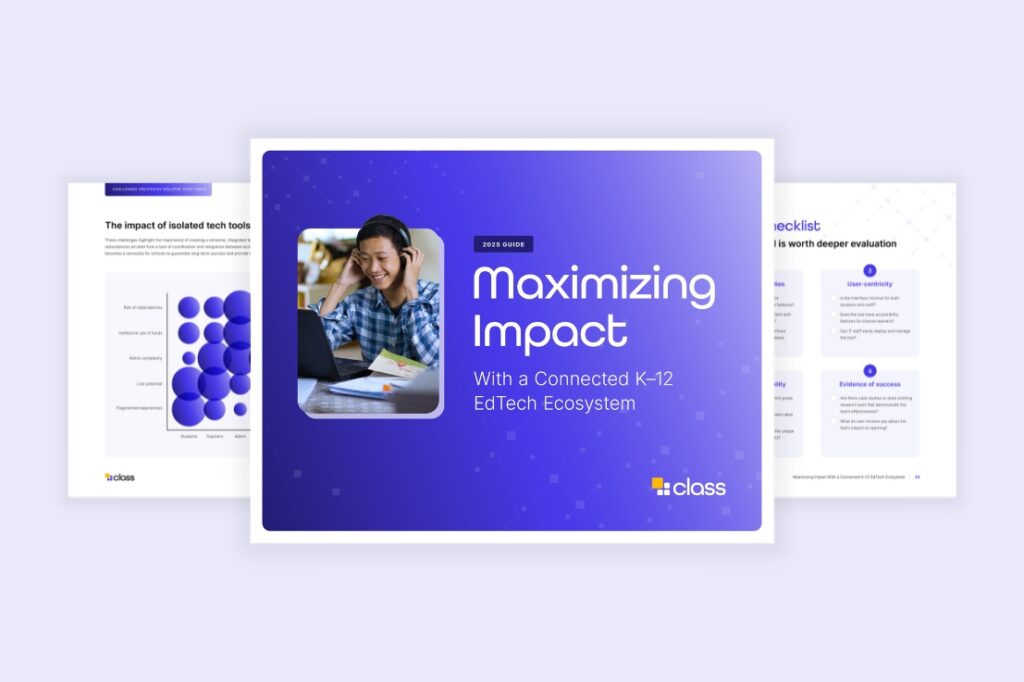2. Enhance access to technology
One of the greatest barriers and most significant drivers of learning loss, especially among rural and economically disadvantaged students is the lack of access to technology. Distance learning during the pandemic required technology that it quickly became apparent was not available to many.
School systems now have the opportunity to enhance the teaching and learning experience through technology using the funding that is available to them through various government programs.
3. Personalize student learning
Students learn differently. Personalized learning has been adopted by many school systems through the recognition of diverse learning needs. Technology makes it easier to personalize the learning experience of students in a variety of ways.
Technology also offers the opportunity for real-time evaluation and feedback which can be utilized in all learning settings. Assessments can also be differentiated based on individual students’ strengths and learning styles.
4. Ensure persistent engagement
Keeping students, especially younger students, engaged is challenging in any setting. The online environment can be even more challenging. Zoom fatigue is real and something that school children are not immune from.
But the online environment also can be very engaging. Teachers need to monitor and adapt to the varied engagement needs of all learners. The wide array of tools and options available to them in virtual learning settings offer the opportunity to use different methods of teaching throughout lessons to help keep students engaged.
It’s important to vary not only instructional methods, but also the types of interactions and the use of video and various types of plugins to keep students’ attention and boost learning.

Impacting Learning Loss at a Micro Level
The four considerations above have the potential to positively impact learning outcomes and reduce learning loss at a macro level. There are also opportunities for impact at a micro-level where teachers can make adjustments on their own to improve learning outcomes.
Igor Efremov is head of HR at Itransition, a Denver-based software development company. While Efremov’s trainees are adults, his insights on the online learning environment are pertinent to any online learner, including children.
In an online learning environment, Efremov says, less is more. “Class-based learning sessions lasting 90 or even 120- minutes proved to be hardly effective in an online format as they cause digital fatigue, loss of concentration, and the slower adoption of new information.” Shortening these sessions can go a long way toward creating more engagement and keeping the attention of learners. For instance, he says: “A course of 30 lessons can now be split into three courses of 10 lessons with different levels of complexity and additional certification after every stage.”
Smaller class sizes can also aid learning, Efremov says. Smaller classes allow instructors more opportunity to engage with students one-on-one regularly. If they can’t, he notes, “there is a much higher risk that some learners fall out of learning-related communication completely.”
Class, built to enhance the capabilities of Zoom for online learning of students from K-adult, can have an impact at both the micro and macro levels. Learn how schools and districts are using available funding to address this issue.







